The aroma of butter browning in the oven, the crunch of a well-made crust, the silky smoothness of cream fillings—these and other delights are to be had in both Vienna and Paris. The two European capitals are world-famous for their baking traditions, but stepping into a Viennese pastry shop and a Parisian bakery offers surprisingly different experiences.
Below are 20 delicious differences between these two culinary behemoths that will have you maneuvering these sweet shops like a local during your next European adventure.
Historical Foundations
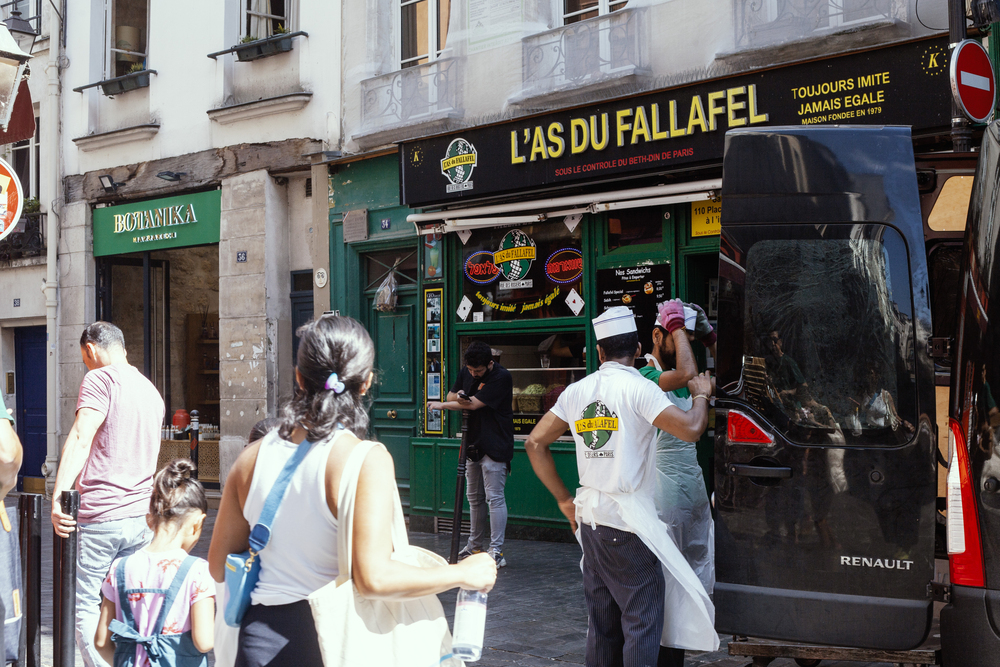
Parisian bakeries trace their modern form to the French Revolution – a time when bakers gained serious social importance by keeping bread available despite political chaos. Strict regulation of bread quality became fundamental to French culture, eventually extending to pastries, too.
Vienna’s pastry culture developed through Habsburg imperial influence – with documented coffee and pastry houses dating to the 17th century after the Ottoman siege ended. This coffee house tradition grew so culturally significant that UNESCO eventually recognized it as an intangible cultural heritage.
Signature Morning Offerings
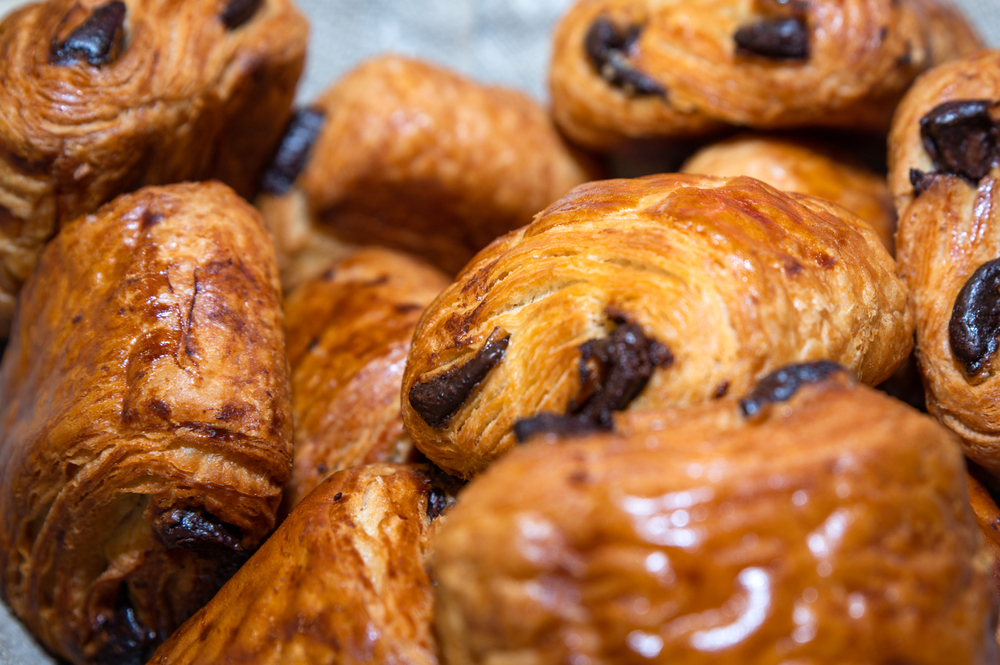
Parisians typically begin their day with perfect butter croissants or pain au chocolat – focusing on the laminated dough with dozens of delicate layers that shatter with each bite. They don’t bother with elaborate toppings; technique and quality matter most.
Viennese breakfast takes a different approach – their kaisersemmel (emperor rolls) feature distinctive star patterns on top, while their version of croissants, called kipferl, actually predates the French version and feels denser, less buttery. You’ll find many more savory options alongside sweet ones in a typical Vienna morning selection.
Like Travel Pug’s content? Follow us on MSN.
Coffee Pairing Customs
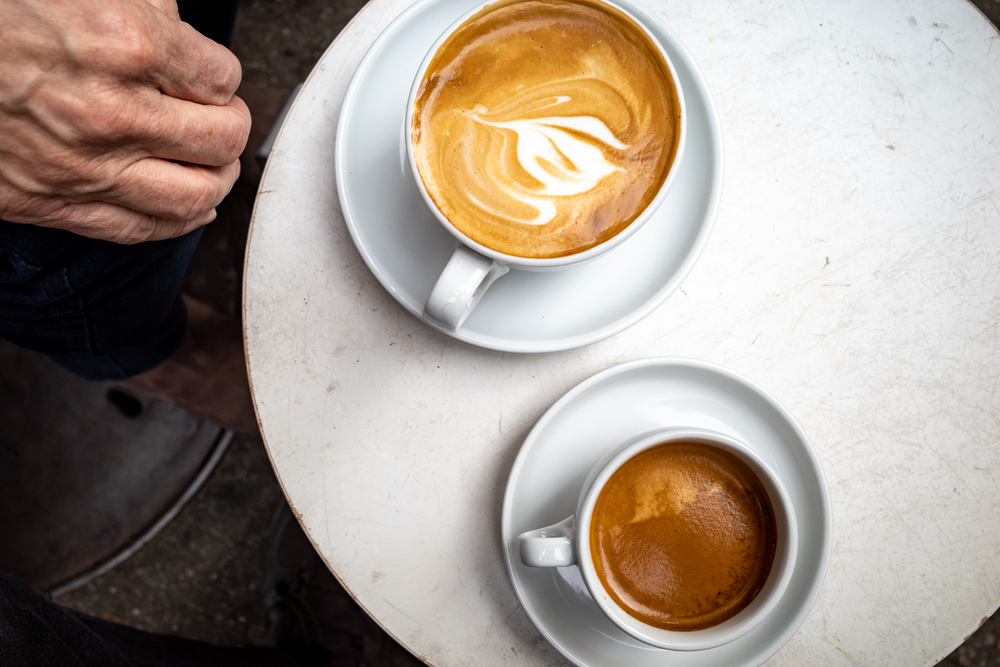
French bakeries treat coffee as just a complementary beverage – not an equally important part of the experience. Small espressos or café crèmes accompany pastries without much fuss; don’t expect elaborate preparation rituals or extensive menu options.
Viennese establishments consider coffee preparation an art form – essential to the pastry experience. You’ll face extensive coffee menus featuring melange (similar to cappuccino), einspänner (black coffee topped with whipped cream), plus numerous other precisely defined variations, always served with a glass of water on elegant trays.
Seating Philosophies
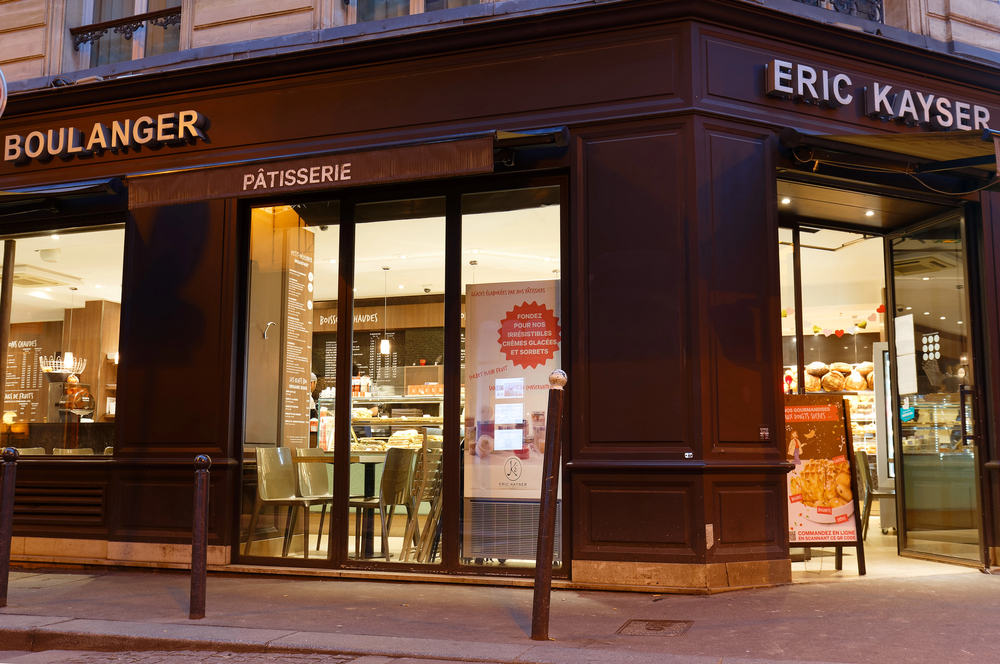
Parisian bakeries traditionally operate as quick-service spots – places where locals grab items to go, with limited seating, if any exists at all. The focus stays squarely on product quality rather than lounging space, with many Parisians eating their croissants while walking or standing at counters.
Vienna embraces something altogether different – the tradition of extended stays, with comfortable seating, newspapers, and environments where spending several hours seems perfectly normal. Marble-topped tables, bentwood chairs, plush booth seating – these spaces were designed for conversations that linger.
Service Expectations
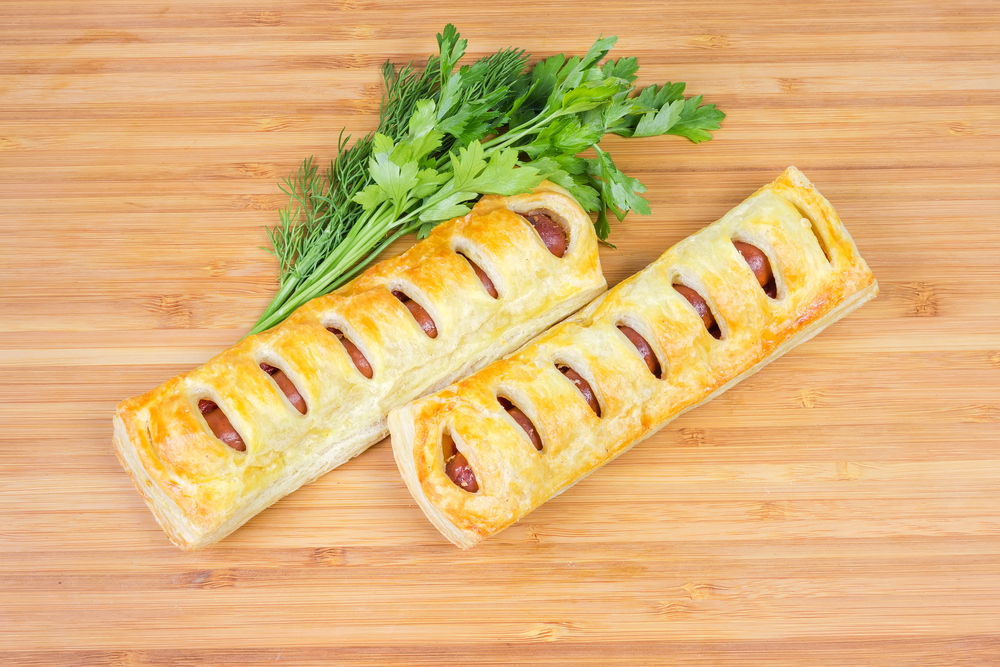
Service in Paris bakeries tends toward brisk efficiency. Clearly stating your order and paying promptly reflects an understanding of local customs rather than rudeness.
Bakery workers appreciate decisive customers who know exactly what they want. Vienna cultivates a more formal, almost ceremonial service approach. Waiters (often addressed as ‘Herr Ober’) take genuine pride in their profession as a respected career.
Don’t expect to rush through anything; the unhurried service style perfectly matches the Viennese tradition of lengthy pastry shop visits.
Like Travel Pug’s content? Follow us on MSN.
Cream Applications
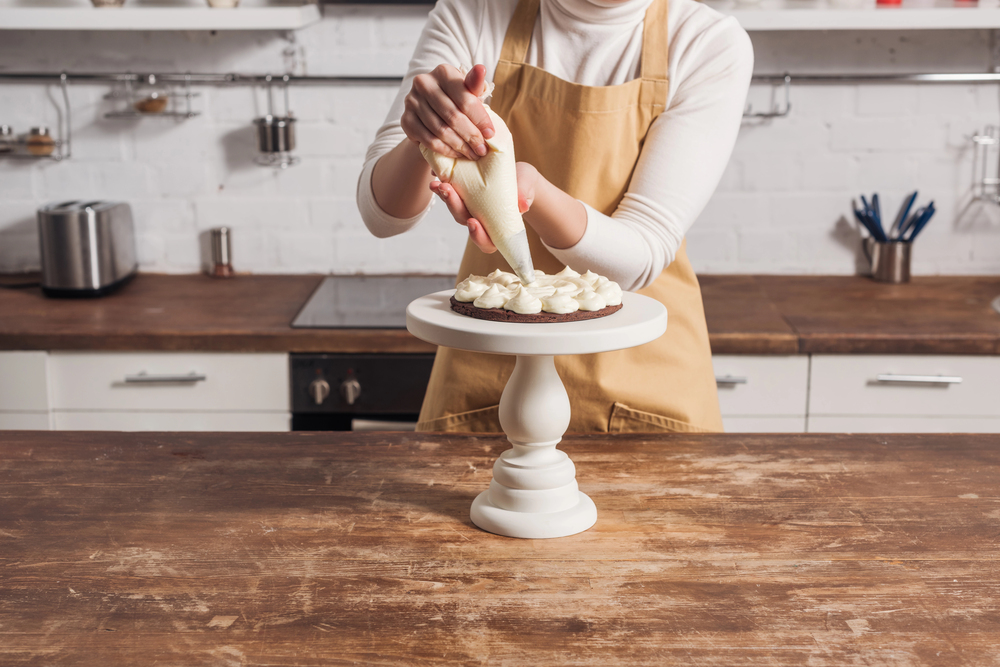
French pastry chefs use cream with remarkable restraint – incorporating precise amounts of crème pâtissière or chantilly only where technically necessary to achieve balance. Their philosophy generally avoids overwhelming delicate dough with excessive creaminess. Vienna?
They embrace cream wholeheartedly – with schlag (whipped cream) accompanying nearly everything, either as a component or side garnish. Viennese considers properly made schlagobers an art form itself – never sweetened and whipped to perfect consistency.
Chocolate Approaches
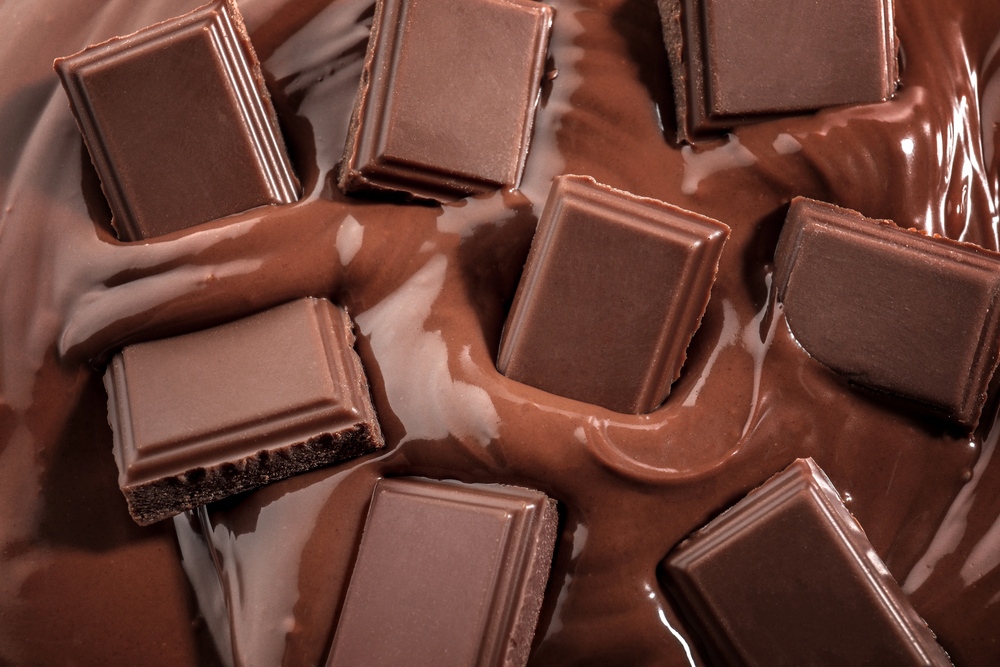
Parisian chocolate pastries emphasize pure, often dark chocolate with minimal adulteration – letting quality chocolate speak for itself. Pain au chocolat contains just chocolate batons within laminated dough; chocolate ganaches maintain elegant simplicity.
Vienna’s chocolate traditions show stronger influences from Switzerland and wider Central Europe – particularly visible in their preference for hazelnut-chocolate combinations. The famous Sachertorte demonstrates this approach perfectly – apricot jam beneath chocolate icing creates more complex flavor profiles than you’d typically find in French chocolate preparations.
Fruit Utilization

French pastry chefs typically showcase seasonal fruits in relatively unadorned states – a tarte aux fraises presents fresh strawberries glazed atop pastry cream, letting natural fruit flavor dominate completely. They believe perfect fruit needs minimal interference.
Viennese pastry makers take a different approach – more commonly incorporating fruits as compotes, preserves, or reduced fillings, often cooking fruits with sugar and spices before adding them to pastries. Just look at the famous Linzertorte with its preserved raspberry filling between spiced hazelnut dough layers.
Like Travel Pug’s content? Follow us on MSN.
Operating Hours

Parisian bakeries open surprisingly early – often by 7:00 am – to provide fresh morning bread and pastries, but many close by mid-afternoon once daily production sells out. Don’t be shocked to find neighborhood bakeries completely closed on Mondays or Tuesdays for their weekly rest day.
Viennese establishments maintain broader operating hours extending well into the evening – reflecting their dual role as social gathering spaces rather than just food providers. Traditional Viennese coffee houses often stay open from early morning until 10:00 pm or later, serving pastries throughout the day.
Customer Interaction Norms

Customers in Parisian bakeries must follow strict unwritten rules—joining proper queues, having payment ready, and never touching items themselves. The customary greeting ‘Bonjour Madame/Monsieur’ upon entry shows respect while pointing directly at desired items might seem slightly impolite.
Vienna operates with more formal table service—patrons wait to be seated unless they’re taking items to go. You’ll have less direct interaction with display cases since servers bring menu-ordered items to tables on small trays with proper silverware.
Nut Preferences
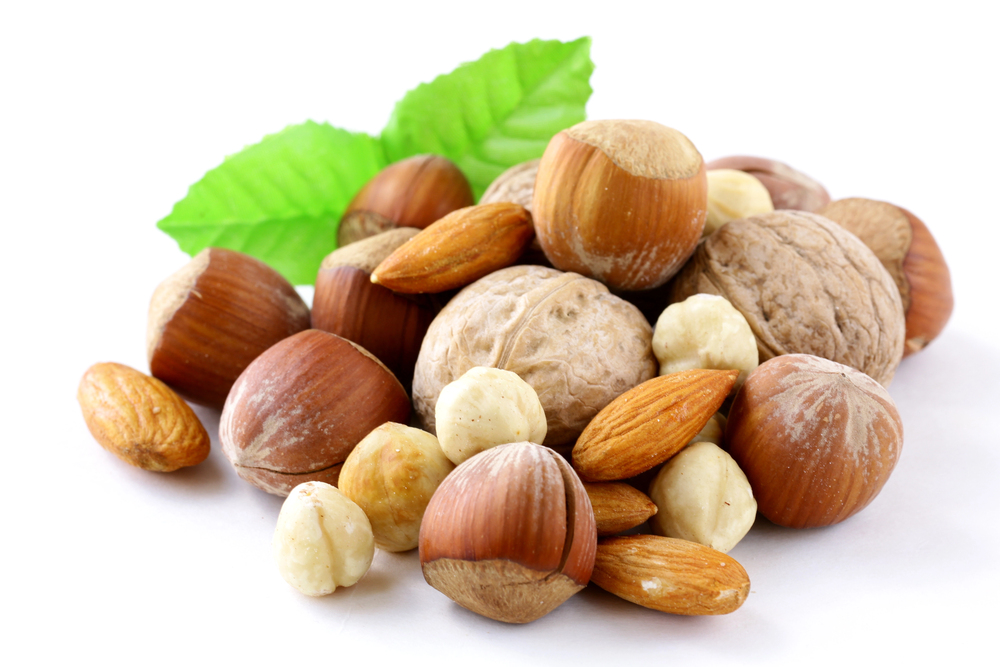
Almonds reign supreme in French pastry tradition, appearing as frangipane filling, macaron bases, and pralines. Their subtle flavor complements rather than dominates other ingredients in the characteristically restrained French approach.
Hazelnuts and walnuts dominate Viennese pastry traditions, appearing in tortes and strudels and as essential flavoring elements throughout the menu. These nuttier, earthier profiles create distinctly Central European flavor combinations quite different from their French counterparts, often paired with warming spices like cinnamon and clove.
Like Travel Pug’s content? Follow us on MSN.
Butter Quality Standards

French butter for baking must meet stringent standards, with many bakeries using specialty high-fat cultured butter containing at least 82% butterfat, giving laminated doughs their characteristic flavor and rise. Regional butter variations like those from Normandy or Charentes-Poitou receive almost reverential treatment.
Viennese pastry relies heavily on butter as well, though historically, the Habsburg Empire’s connections created greater variety in fat sources, including the occasional use of clarified butter and even vegetable shortenings in some traditional recipes, particularly in strudel dough, which requires remarkable thinness.
Display Case Aesthetics
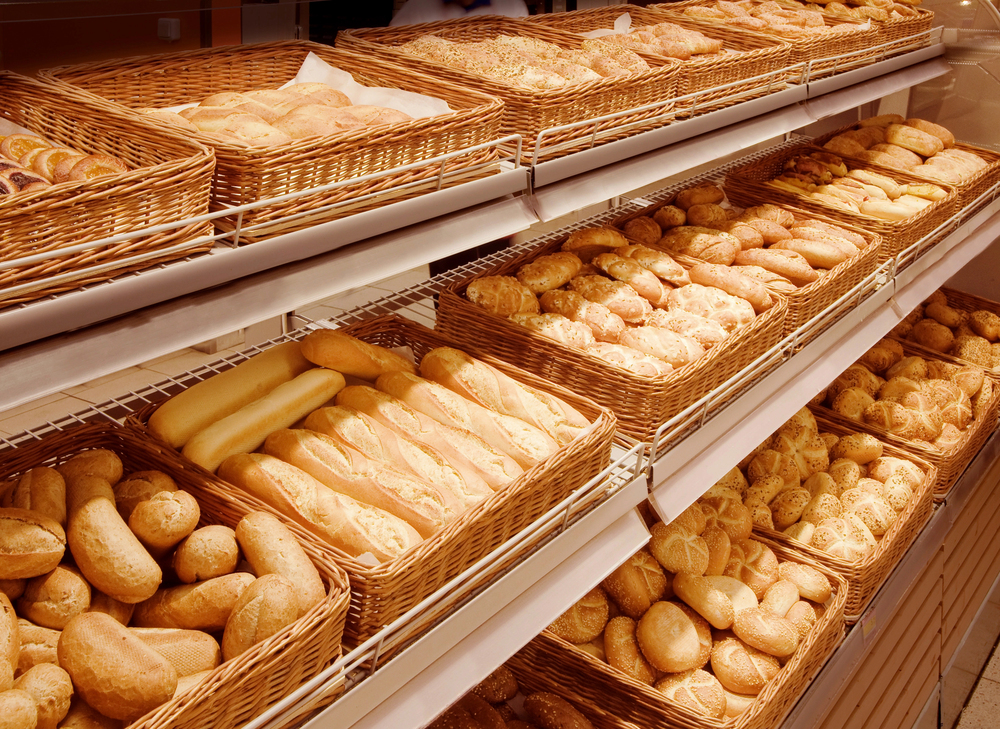
Parisian display cases present pastries like gallery exhibits – minimalist presentation with precise spacing between identical items, often on simple white surfaces that highlight the craftsmanship. The visual effect creates an almost museum-like appreciation for each pastry’s form.
Vienna embraces more ornate presentation traditions with decorative displays featuring velvet backdrops, brass fittings, and wood paneling that recall the imperial era. Individual pastries receive elaborate garnishes and gold leaf accents that reflect the city’s baroque architectural influences.
Price Structures

Parisian bakeries maintain relatively accessible price points for everyday items, with basic croissants or pain au chocolat typically costing just a few euros. Even high-end pastries from famous establishments remain within reach of average customers as the culture views quality baked goods as daily necessities.
Viennese pastry shops generally command premium prices reflecting both the setting and service provided alongside the food itself. The experience of consuming pastry in elegant surroundings with formal service contributes significantly to the higher price point compared to Parisian counterparts.
Like Travel Pug’s content? Follow us on MSN.
Cream Cheese Applications
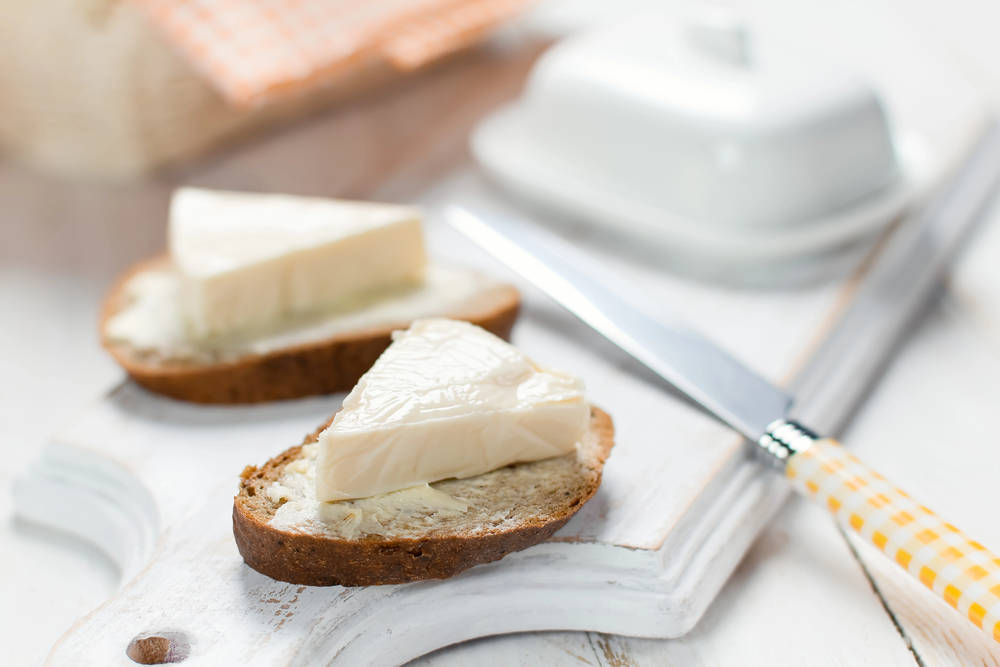
Cream cheese rarely appears in traditional French pastry, with chefs preferring cultured creams, butter, or crème fraîche for tangy dairy notes when needed. The focus remains on highlighting other flavors rather than featuring cheese itself.
Vienna embraces quark and other fresh cheeses as fundamental pastry ingredients, most famously in the beloved topfenstrudel, where quark filling creates a distinct tanginess not found in French counterparts. These cheese-based pastries represent a link to Eastern European culinary traditions that influenced Viennese baking.
Seasonal Menu Changes
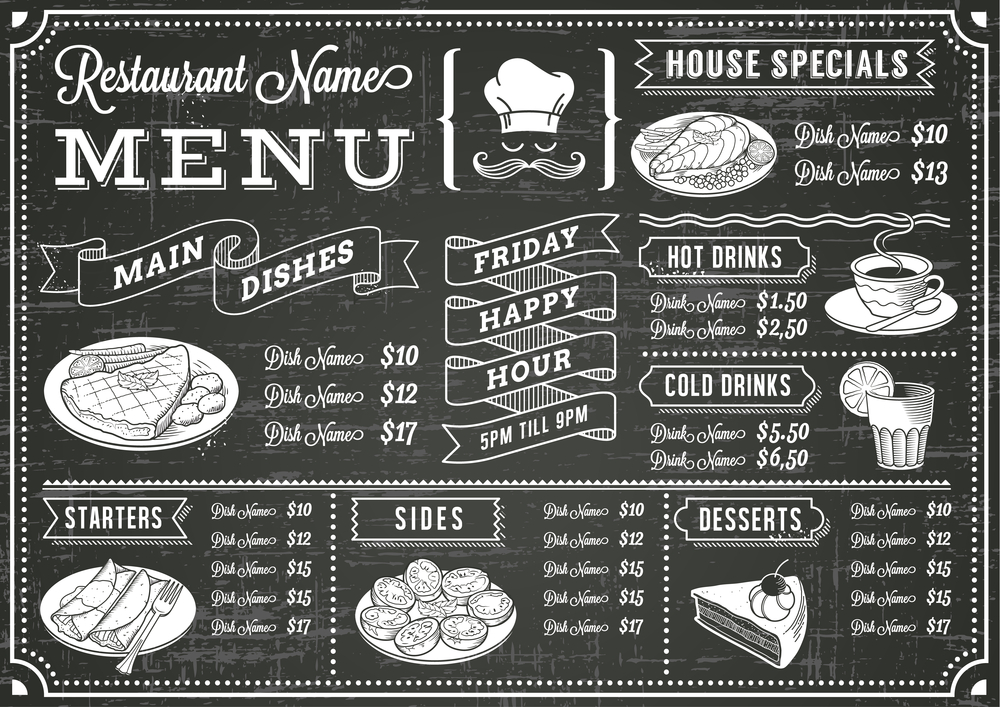
French bakeries maintain relatively consistent year-round offerings with subtle seasonal variations, ensuring that signature items remain available regardless of season. Adjustments tend toward adding fruit tarts in summer or chestnut flavors in autumn, while core products remain unchanged.
Viennese establishments embrace more dramatic seasonal shifts with special Christmas, Easter, and autumn menus featuring distinct items only available during specific calendar periods. The tradition of seasonal specialties creates anticipation for limited-time offerings tied to cultural and religious calendars.
Attitude Toward Innovation
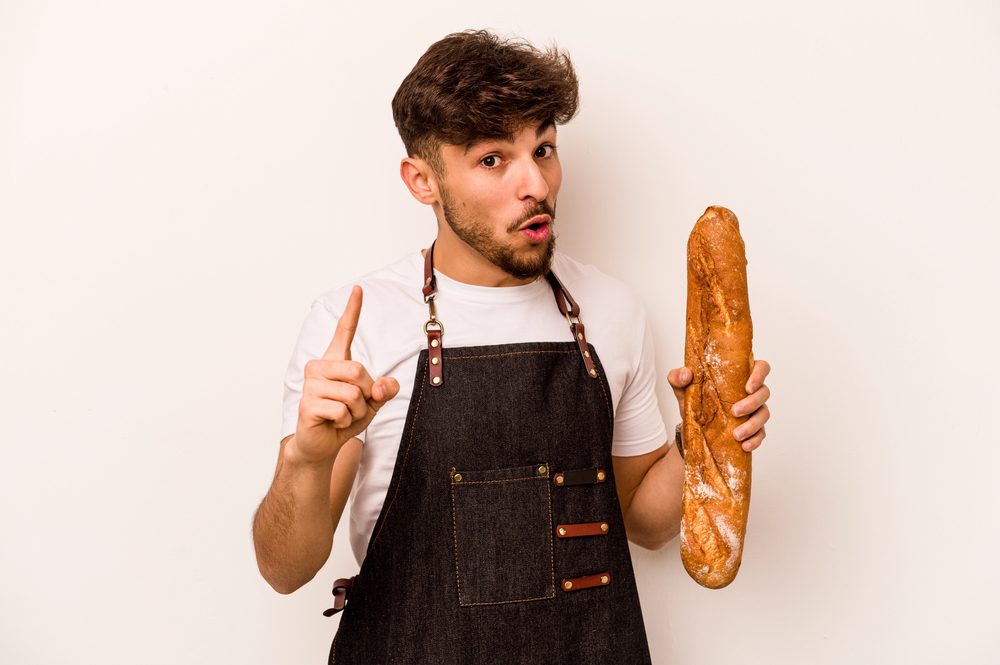
Parisian bakeries generally view tradition as paramount, with innovation occurring as subtle refinements to established classics rather than radical reinvention. Master bakers spend years perfecting their croissant or baguette rather than creating entirely new forms. Vienna demonstrates greater openness to fusion and reinvention while maintaining traditional offerings.
The city embraces creative pastry chefs who introduce Asian influences or modern techniques alongside classics, creating distinctive signature items that would seem out of place in tradition-bound Paris establishments.
Like Travel Pug’s content? Follow us on MSN.
Bread Accompaniments
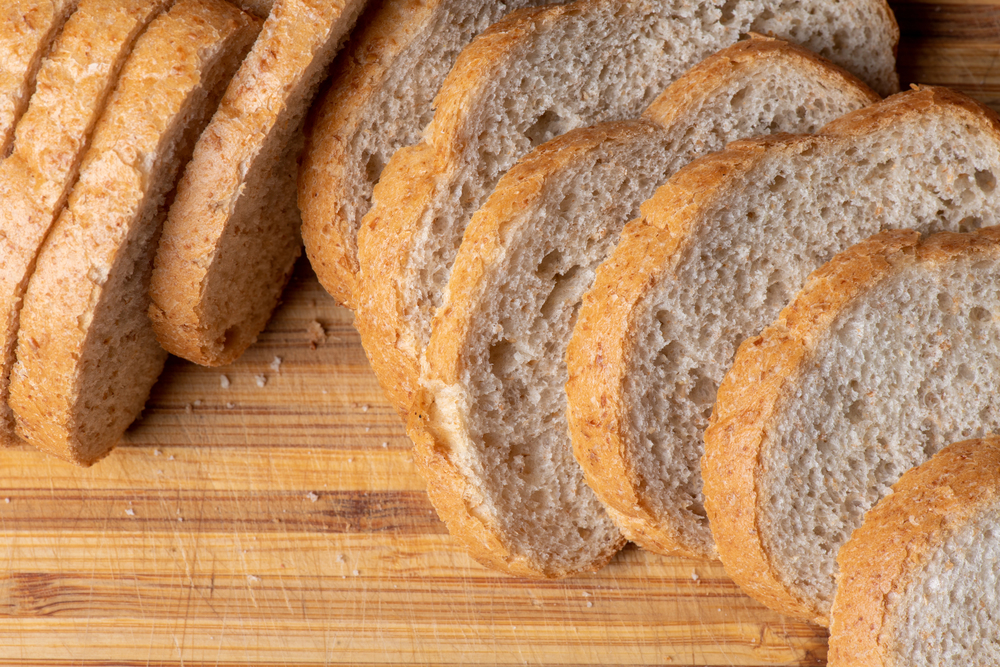
French bakeries focus primarily on bread and pastry, with limited accompanying products beyond a few basic spreads or sandwich options. The quality of the baked good itself remains the central focus rather than enhancements.
Viennese establishments frequently include small specialty food shops selling preserves, honey, and other spreads designed specifically to complement their baked goods. These accompaniments receive similar attention to quality and often feature as gift items packaged in decorative containers.
Regional Variation Expression
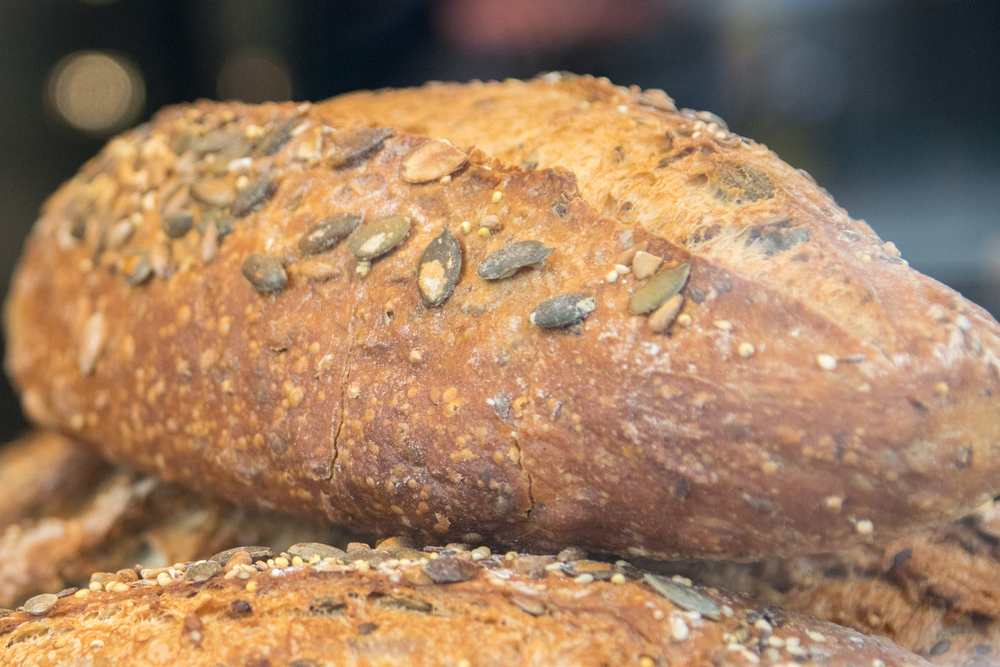
Paris bakeries showcase distinct regional French specialties like kouign-amann from Brittany or canelés from Bordeaux, creating a catalog of the country’s diverse baking traditions under one roof. This approach treats France’s regions as the primary sources of variation.
Vienna serves as a historical crossroads, incorporating influences from across the former Habsburg domains, including Hungarian, Czech, and Italian traditions. This broader geographic range creates more dramatically different flavor profiles and techniques within a single establishment, reflecting the city’s imperial history.
Music and Ambiance

Parisian bakeries operate as primarily functional spaces with minimal music, decor focused on product display, and an environment designed for efficient service rather than extended visits. The sensory experience centers almost exclusively on the food itself.
Viennese establishments often feature live piano music during afternoon hours, continuing centuries-old traditions of musical accompaniment to coffee and cake. The intentional soundscape creates a cultural experience beyond just food consumption, reflecting Vienna’s deep musical heritage.
Like Travel Pug’s content? Follow us on MSN.
The Final Indulgence
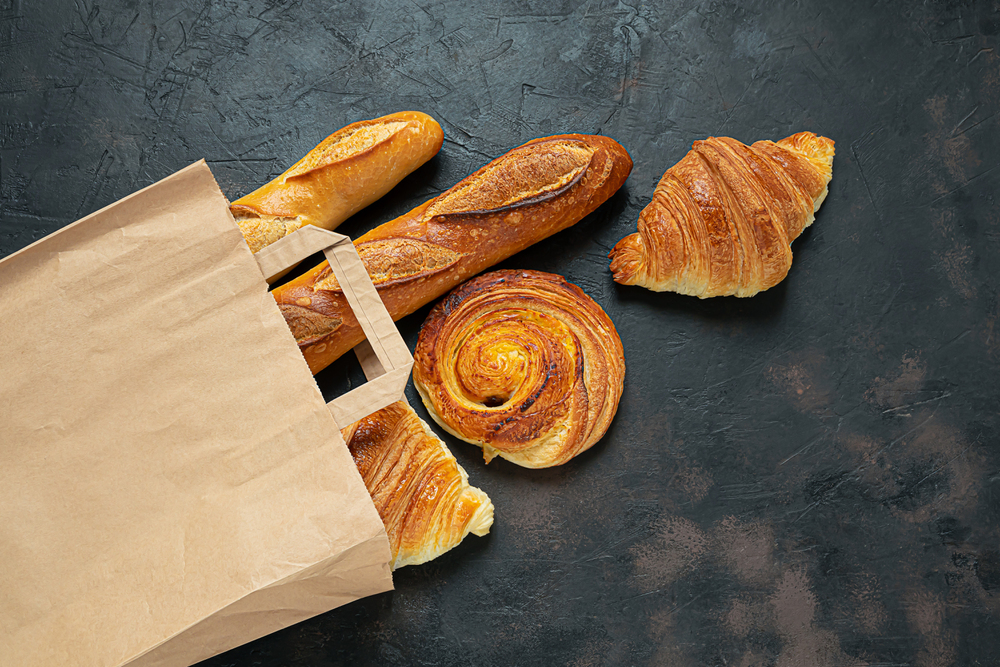
The pastry cultures of Paris and Vienna reflect their divergent historical paths and cultural priorities for food, leisure, and social bonding. Paris offers precision, restrained elegance, and respect for technical perfection, where baking is an almost spiritual endeavor. Vienna offers theatrical excess, imperial grandeur, and pastry as a pretext for cultivating the art of conversation for hours rather than minutes.
Each tradition has techniques and styles that date back centuries and yet continue to evolve subtly to accommodate contemporary tastes. Being aware of these differences transforms a casual pastry break into a deeper appreciation of how two great cities fulfill their cultural destiny in flour, butter, and sugar.
More from Travel Pug

- 20 Destinations That Were Once Thriving but Are Now Quietly Disappearing
- 13 Destinations Where Tourists Regularly Regret Their Trip
- 20 Once-Popular Beach Towns That Are Now Ghostly Empty
- 10 Under-the-Radar Mountain Towns That Are Both Affordable and Beautiful
- Take a ‘Learning Vacation’ in These 20 Extraordinary Places
Like Travel Pug’s content? Follow us on MSN.
